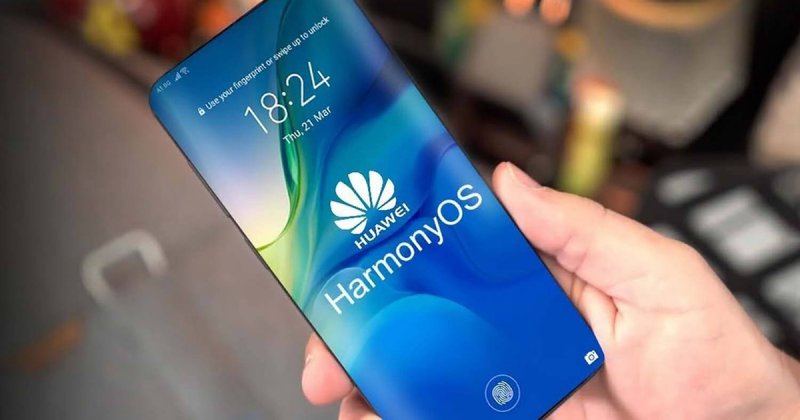Huawei is planning its future, presenting over 200 native applications and preparing for the upcoming launch of HarmonyOS NEXT on the Chinese market.
Huawei has officially inaugurated a new phase in the development of its operating systemHarmonyOS.
Designers can now access the closed beta version of HarmonyOS NEXT: a significant step towards total independence from Android.
Devices currently compatible with this version include Mate 60, Mate 60 Pro and Mate X5.
Although Huawei smartphones and tablets released after the US ban are already equipped with HarmonyOS, it should be emphasized that it is not yet possible to properly call this a “proprietary operating system”.
This is because the pre-installed system continues to rely on the Linux kernel to allow the installation of APK files, similar to what happens on standard Android devices.
Huawei therefore created a fork, in order to achieve the desired independence; an alternative version based on AOSP, the open source of Android.
Now, the main limitation lies in the lack of Google certification, which translates into the lack of the Play Store and many Google apps, as well as the inability to run dependent applications, such as those for streaming, gaming and banking transactions.
Crying for freedom
Closing the current transition phase, Huawei will prepare to extend HarmonyOS NEXT, whose name itself is a cry for autonomy from Google.
In this new chapter, the Linux kernel will be replaced by the Proprietary Harmony kerneltailor-made for Huawei products, but which at the same time will no longer support APK and all its implications.
During the announcement conference held in China, Yu Chengdong underlined the superiority of the HarmonyOS kernel, highlighting the ability achieved to integrate devices diversified in terms of genre and purpose.
During the event, CEO Richard Yu emphatically stated, “HarmonyOS NEXT is a authentic operating system and not a simple Android skin.”
Currently, they are in development over 200 applications specifically for this new operating system, ensuring coverage of almost all your daily needs, including social, multimedia, gaming, finance, food ordering and more.
This will also open the doors for third-party developers to integrate into an ecosystem that matters beyond 800 million products Huawei.
Special mention, that one dedicated to video gameswith more than 70 titles arriving as stated, thanks to the work of 60 teams.
Predictions indicate that by the end of 2024, the number of available applications will exceed 5,000.
Independence at any cost
Huawei has aggressively emphasized the independence achieved by Android AOSP, highlighting six key elements of the native experience: refinement, applications, fluidity, security, intelligence and interconnection.
The final version of HarmonyOS NEXT will make its long-awaited official debut in the last quarter of the year.
The system will be known as HarmonyOS Galaxy Edition in China.
L'graphic interface for the occasion it was completely renovated, giving the elements a floating and three-dimensional effect.
The implementation of the Harmony kernel makes it versatile, suitable for a variety of devices, including traditional smartphones, foldable devices and tablets, with a noticeable increase in memory management efficiency.
It is important to note that HarmonyOS NEXT will be intended exclusively for the Chinese market, while support for Android apps is expected for the international market.
The beta testing phase will begin in the second quarter of 2024, with the commercial release scheduled for the fourth quarter of the same year, fueling rumors suggesting a possible coincidence with the launch of the series Huawei Mate 70.
#Huawei #presents #HarmonyOS #plan #independence #Android




